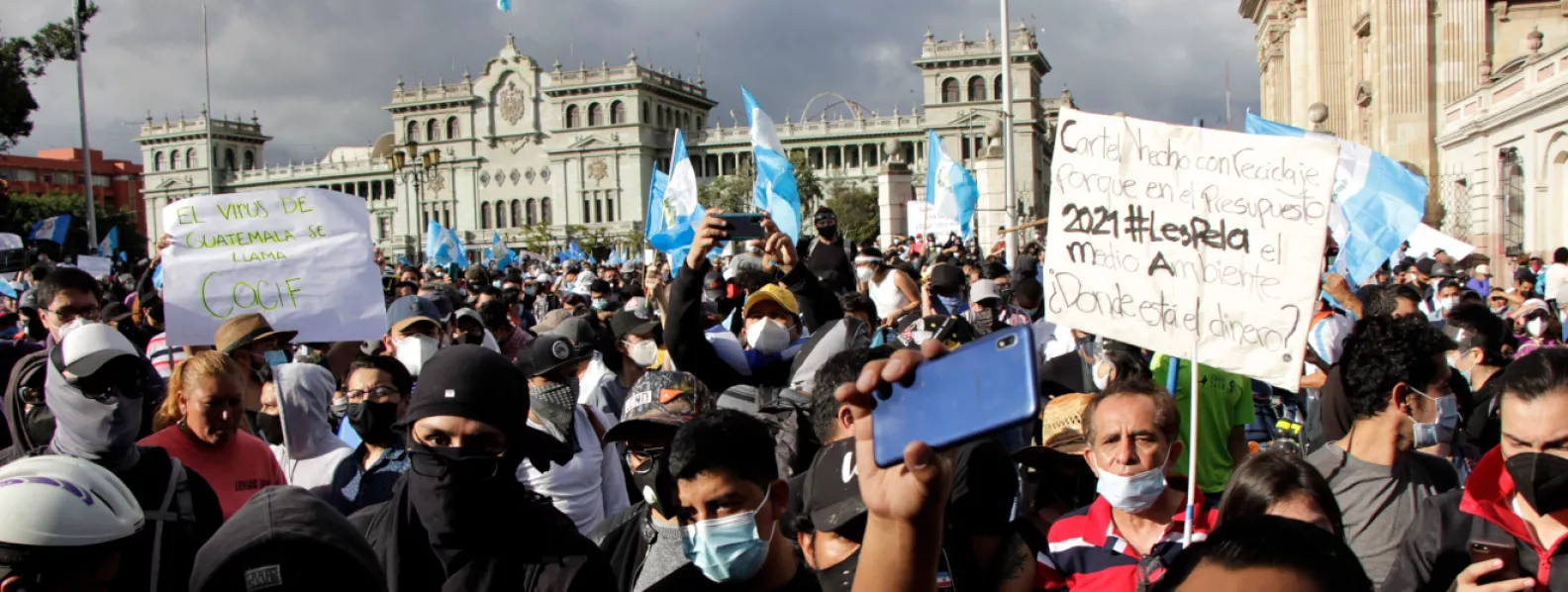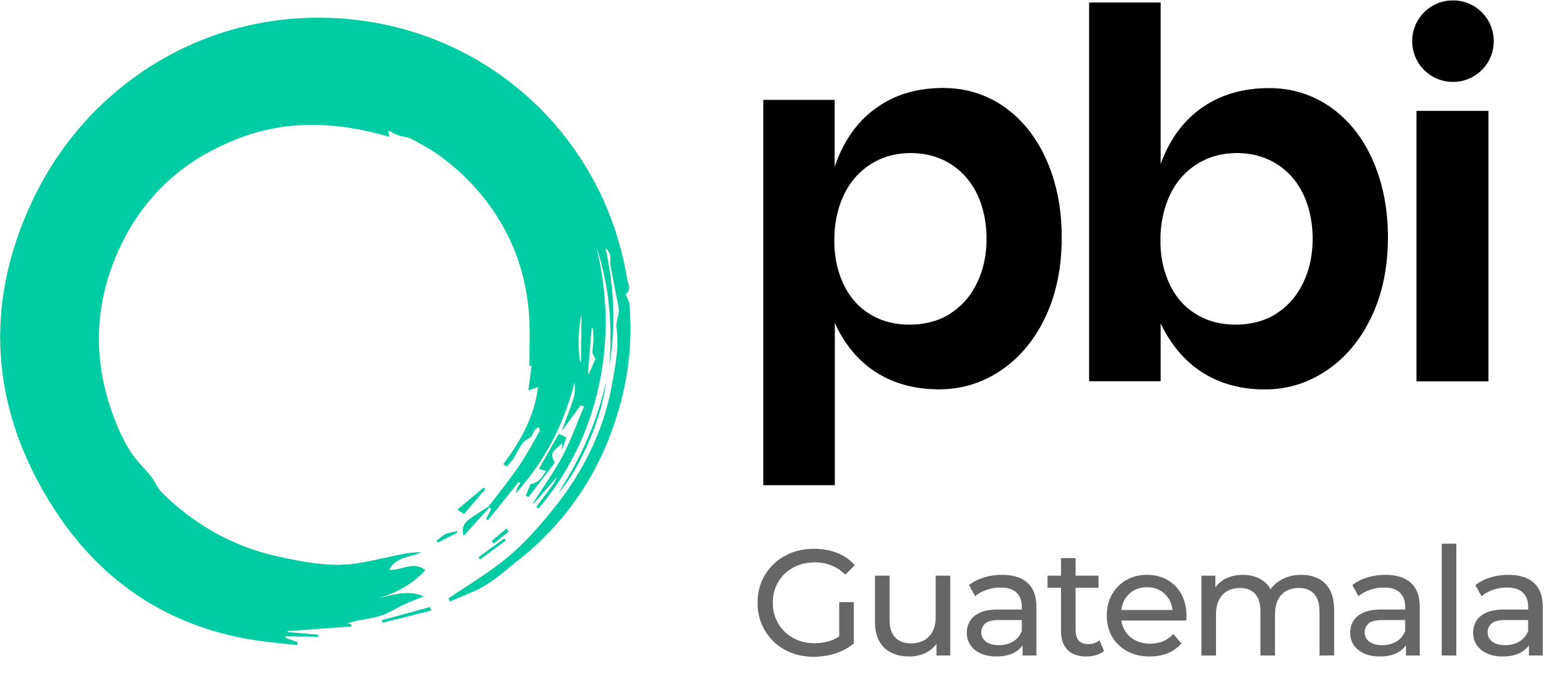
Guatemala: general data
Guatemala is the most populated country in Central America, with a high proportion of young people and an extremely rich and diverse demographic reality, with the majority of the population made up of the Maya, Xinka and Garifuna peoples (blacks from Africa), who coexist with the mestizo population. In spite of the fact that Guatemala is one of the countries with the largest indigenous population in the world, from the very moment of Independence and based on the roots inherited from the Colony, an authoritarian State model was configured in Guatemala, excluding the majorities, racist in its precepts and in its practice, which served and continues to serve to protect the interests of the restricted privileged sectors. Of all the characteristics that mark the nature of the Guatemalan State, perhaps it is this racist and discriminatory component that has been most strongly preserved until today.
The country is currently still in the midst of a democratic transition process, after the end in 1996 of an internal armed conflict that lasted more than 36 years and left deep social, psychological, political, economic and cultural aftermath. It is not possible to understand the current scenario without taking into account the extreme violence unleashed during these decades, which was described by various international institutions (including the Organization of American States, the Historical Clarification Commission, the United Nations Verification Mission for Guatemala) as genocide against the Guatemalan Mayan people. More than twenty years after the end of this conflict, several of the reasons that generated it persist: an economy based on the concentration of economic power in few hands, a weak state structure, with few resources due to low tax collection and high levels of corruption. In addition, structural problems persist, such as racial discrimination, social inequality, male violence, a profound situation of poverty and exclusion, and lack of access to justice, which constitute an obstacle to full respect for human rights. Likewise, parallel power structures persist that impede the fight against impunity, corruption and the strengthening of the rule of law.
Socioeconomic context. Poverty and extreme poverty
According to the UNDP, among Latin American countries, Guatemala has one of the lowest human development indexes, only above Honduras and Nicaragua. According to the Multidimensional Poverty Network MPPN, 61.6 percent of people live in multidimensional poverty. If we focus specifically on women, we see that, although they represent 51.3% of the population, due to traditional gender roles and unequal power structures, they are at a disadvantage, in terms of opportunities, compared to men. According to UN Women, only 40% of women in Guatemala are economically active and most of them work in informal activities, without any social protection. Of these, 80% are indigenous women. Finally, at the territorial level, the municipalities where the collectives and organizations accompanied by PBI work have among the lowest Municipal Human Development Indexes (M-HDI) and Multidimensional Poverty Indexes (MPI) in the country and coincide, for the most part, with those with the largest populations belonging to indigenous peoples.
The UNDP warns that the poverty situation in Guatemala has increased. The great paradox is that, despite being a country with great biodiversity, rich in natural resources, it does not manage to satisfy the basic needs of its population. Despite having one of the most fertile lands in Latin America, Guatemala ranks fifth in the world in malnutrition. In a department such as Alta Verapaz, where the largest number of hydroelectric projects are concentrated, more than 60% of families do not have electricity and 53.6% of the population is in extreme poverty, the highest rate in the country. The data reveal a country with a tremendously regressive national income distribution structure, with wealth concentrated in very few hands. This results in extreme inequality, which places Guatemala among the six most unequal countries in the Americas. This structural inequality mainly affects the rural population and, specifically, the indigenous population, which experiences the highest rates of poverty and extreme poverty.
The problem of unequal access to land in Guatemala is one of the main causes of poverty among the indigenous population. According to the UNDP report, indigenous peoples were historically dispossessed of their original territories and displaced to less productive areas where it has been very difficult for them to rebuild their ways of life, which have not been recognized, respected or protected by the State; on the contrary, they have been heavily damaged and an economic model based on the exploitation of natural resources has been imposed on them. Despite Guatemala’s obligation to ratify ILO Convention 169, the State of Guatemala has systematically failed to comply with its obligation to consult with indigenous peoples in all licenses for extractive projects granted to date. On the contrary, successive governments have delegitimized the more than 80 community consultations carried out by the population affected by the projects from 2005 to the present. Likewise, since 2020, and after the dismantling of institutions such as the Secretariat of Agrarian Affairs (SAA), created with the signing of the Peace Accords to respond to the problem of unequal access to land, there has been an aggravation of the agrarian conflict with an increase in threats of evictions of various indigenous communities, especially in the departments of Alta and Baja Verapaz.
It should also be noted that in Guatemala, as in the rest of the countries with structural problems of inequality, poverty and denial of basic rights, the Covid-19 pandemic, which began in March 2020, and the measures adopted to stop it, as well as the hurricane and tropical storm ETA and IOTA that hit the Central American region at the end of 2020, had a serious impact on the conditions of poverty and inequality in the country, having a negative impact on the food security of families, especially in the poorest and most vulnerable segments of the population, families in rural areas, and especially indigenous people, who are mostly engaged in agriculture and have had a decrease in their income and therefore in their purchasing power. These households have fewer resources to cope with the loss of jobs and income, rising prices and food hoarding, and are therefore less able to adapt to the crisis. According to the report “El virus de la desigualdad” prepared by Oxfam, acute malnutrition (AM) increased by 80% between 2019 and 2020.
